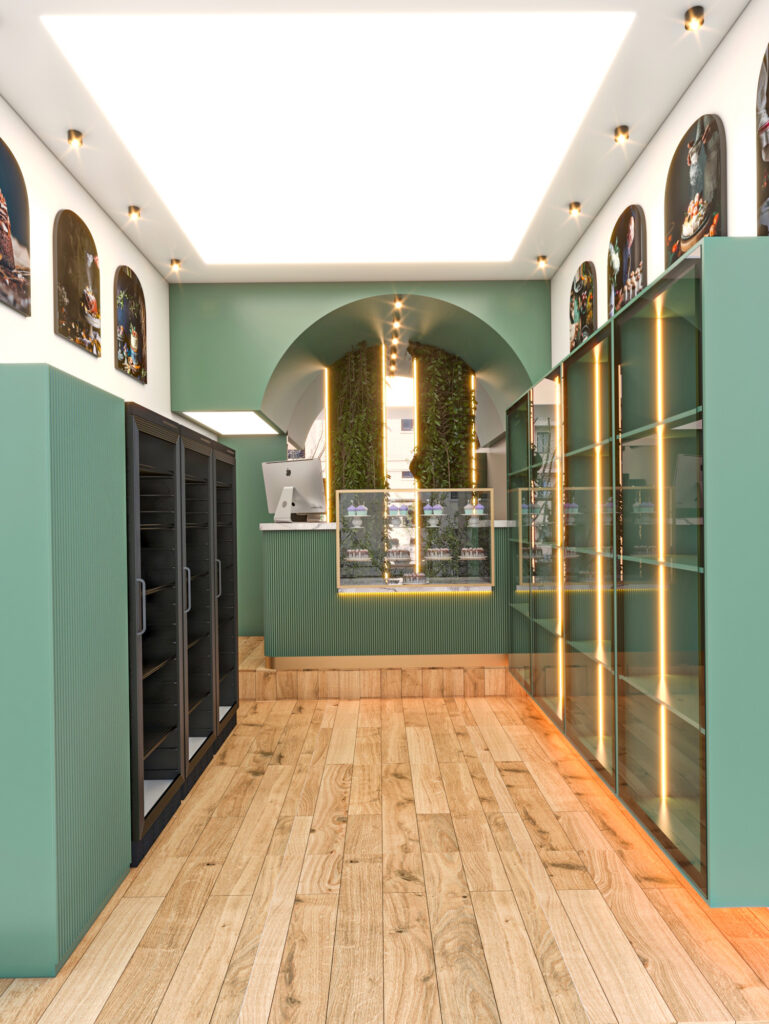
Colors are one of the most essential elements in interior design, influencing emotions, energy, and even the perceived size of a space. Choosing the right colors can enhance visual experience, promote relaxation, and improve functionality. Below are key principles for making smart use of colors in interior design:
1. Psychological Impact of Colors
Each color has a specific effect on emotions and perception:
- Warm Colors (Red, Orange, Yellow): Create a sense of energy, warmth, and intimacy. Ideal for social spaces like living rooms.
- Cool Colors (Blue, Green, Purple): Evoke calmness and focus. Perfect for bedrooms and workspaces.
- Neutral Colors (White, Gray, Beige): Provide simplicity and elegance. Suitable as a background for any space.
2. Using Harmonious Color Combinations
To create a cohesive space, different color schemes can be applied:
- Monochromatic: Using different shades of the same color (e.g., various shades of blue).
- Complementary Colors: Combining opposite colors, such as blue and orange, to create striking contrast.
- Analogous Colors: Using adjacent colors on the color wheel, like green and yellow, for a sense of unity.
3. Balancing Dark and Light Colors
- Light colors (white, cream, light gray) make small spaces feel more open and airy.
- Dark colors (black, navy, dark brown) add depth and a sense of luxury to the space.
4. Using Colors to Define Functionality
- For workspaces, calming and focus-enhancing colors like blue or green are recommended.
- In kitchens, warm colors like red and yellow can stimulate appetite.
- For bedrooms, soothing colors like blue and beige are ideal.
5. The Effect of Lighting on Colors
Natural and artificial lighting can alter how colors appear:
- In well-lit rooms, cool colors create a refreshing atmosphere.
- In dim spaces, warm colors make the environment feel cozier.
Conclusion
Choosing colors in interior design should align with the space’s needs and the emotions intended to be conveyed. By combining colors wisely, balancing light and dark tones, and considering lighting conditions, it is possible to design a harmonious, functional, and aesthetically pleasing space.


No comments yet.